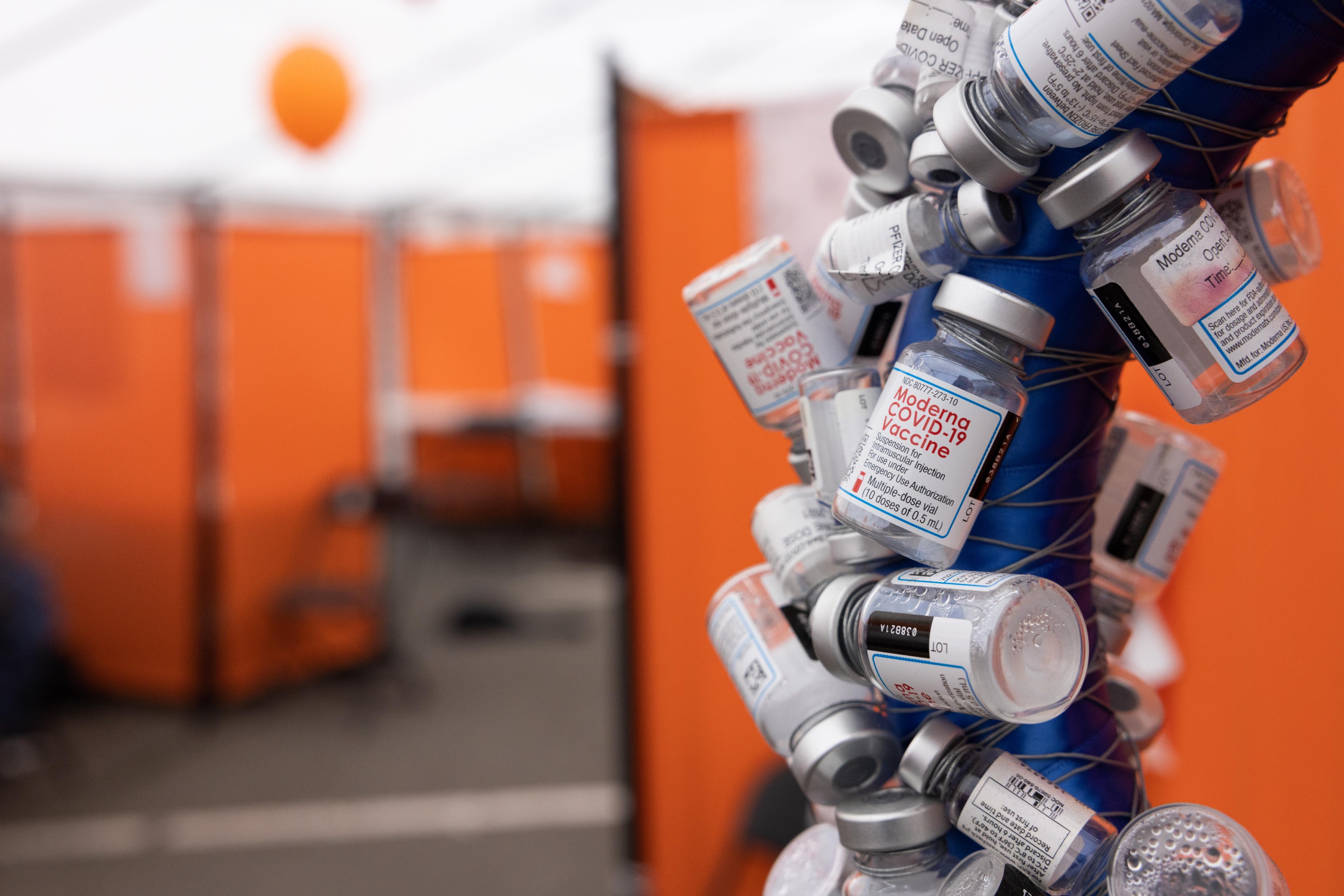It’s that time of year again. San Franciscans are enjoying a lull in Covid cases, but a new stable of variants may drive an uptick in cases as autumn turns to winter.
The question is whether locals are prepared—or even care much at all.
With BA.5 on the wane, current official case counts in San Francisco are at relatively low levels seen in the spring. But viral upstarts are emerging in hotspots around the globe and could make their way to the city soon, said Dr. John Swartzberg, an infectious disease expert at UC Berkeley.
“I think the American public is not at all preparing for the likelihood of a winter surge, and that could come back and bite us,” Swartzberg said.
Swartzberg highlighted BQ.1 and its related cousin BQ.1.1, which currently make up around 5.1% and 4.5% of cases, respectively, in the Western U.S. These two strains appear to be easier to spread and more immune evasive than previous strains.
He also pointed to rising cases in France, Belgium and the U.K. as a potential leading indicator for what happens in the United States.
“That suggests that right around Thanksgiving we’re going to start to see a significant uptick,” Swartzberg said. His educated guess is a swell of cases similar to the summer 2022 surge, rather than the massive Omicron spike last winter.
Another strain that experts are watching is known as XBB, a further subvariant of Omicron that is driving cases in Singapore and Hong Kong, although it hasn’t gained a significant foothold yet in the U.S.
The potential for a rise in cases in coming months is colliding with general reluctance to receive the new bivalent vaccine booster, which contains protection against the original Covid strain and the BA.5 subvariant. Last week, eligibility for the vaccine was extended to those who are five years or older.
According to the most recent CDC data, around 14.8 million Americans have received the bivalent booster, totaling less than 5% of the total population in the country who currently qualify.
The San Francisco Department of Public Health said it estimates around 116,000 San Franciscans have received a bivalent booster. That’s compared to the roughly 560,000 that received their first booster dose.
President Joe Biden declared in an interview on 60 Minutes last month that “the pandemic is over.” The White House also released a statement outlining a new approach to Covid, relying on an annual shot administered in the fall “just like your annual flu shot.”
While some administration health officials walked back Biden’s statement, it also mirrored a larger shift in public attitudes towards the crisis.
According to the San Francisco Standard Fall 2022 voter poll, around 30% of respondents were not all concerned about Covid and are living their life as if it never happened, a 10% percent increase from our polling in May. Respondents who report being still or very concerned about the pandemic and taking many precautions dropped from 40% in our previous polling to 35%.
Swartzberg said that public health messaging around the virus and the bivalent booster have been—at best—confusing.
He acknowledged that few vaccinated people are at risk of dying from the virus, but said that issues like long Covid are still a matter of concern. Swartzberg is particularly worried that an increase in cases could lead to a rush to get vaccinated that may prove too little too late.
“People are acting like there’s no pandemic, and we are at a lull right now, so the risks are very low and reinforces that behavior,” Swartzberg said. “We should be hoping for the best, while preparing for the worst.”
